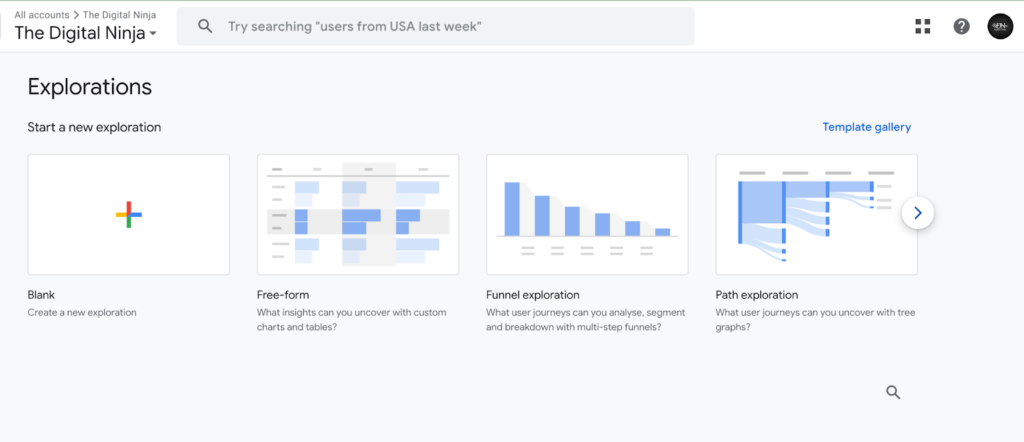Bounce rate has always been the “Iceberg to the Titanic” for many Digital Marketers or businesses that rely on digital marketing. It can be very frustrating when visitors exit your page faster than they entered your page. Or maybe they are not performing the action you want them to perform on a specific page.
Believe me when I say as a Digital Marketer, I do understand the frustration of getting a high bounce rate. But there are certain marketing strategies that you can adopt to minimise this.
Table of contents
ToggleWhat is Bounce Rate?

Before we address the problem at hand, let us first recognise and learn about what the problem actually is!
Bounce rate can hold different meanings for different websites. For some, it is a user leaving the page/website without performing a desired action. For others, it is a user leaving the page website after a few moments of entering the website.
So typically a bounce occurs when a user ( variable according to your desired action )
Leaves your landing page without going through with your desired action
Leaves your page/website without scrolling or reading the content you want them to read
Leaves your website from the first page
Bounce rate is one of the factors that determines your rank on Google as it signifies how relevant a user’s experience on your website is for that specific query.
So here are some proven steps that you can follow to ensure that the bounce rate on your website significantly reduces.
1. Find out the point of exit

When you are facing a high bounce rate, the first thing that you should be tracking is the activity or behaviour of users on your website. Through various analytics tools like Google Analytics or SEMrush, you can find out at exactly which point of their journey in your website, users are either closing the tab or tapping on to the “back” button. Businesses that rely on Digital Marketing often have access to one or the other Analytics tool that will be sufficient to track user behaviour on your website.
Google Analytics 4 allows you to track every moment of a user’s time on your website and helps you understand which part is getting the bounce, so you have plenty of room to optimise it.

If you are using Google Analytics 4, switch to the explore tab. The funnel exploration and path exploration sections will help you find out the path your users are following after they enter your website.
This will help you find out that loophole which is causing your users to exit your website without performing a desired action.
2. Optimise the visual appeal of your website

The first impression is the last impression. I am sure you have heard this phrase all your life and often you are influenced by it too. Presentation and user experience are key factors that
will encourage the users to spend some more time on your website or perform a desired action. You cannot perform a perfect sales pitch unless the product you’re portraying has a certain lustre to it right?
Imagine the efforts you spend on building up a digital marketing campaign and putting up great content, only to lose your visitors based on visual appeal. Yes, visual appeal is that significant to your website. A confusing or unappealing UI/UX has seen some of the highest bounce rates. An unappealing website also sends out the wrong message to your customers/clients which might affect your brand as well
3. Provide a clear CTA (Call to Action)

A lot of website bounces happen due to the lack of a clear and visible CTA (Call to Action). A Call to Action is a specific pathway that you want your audience to go through to provoke an immediate response, typically on your landing page or sponsored post.Mostly, a call to action (CTA) is a button or a hyperlink that leads your customer to perform your desired action. Having a clear CTA is one of the key steps of your Digital Marketing campaign.
When you’re calculating your bounce rate with respect to clicks on CTA, a lot of these instances are because there is a lack of visually accessible Call to Action. In most cases maybe the button is too small to find out or is provided in a section of the page which most people don’t scroll to. Or maybe the hyperlink you want them to click on isn’t clearly defined. As a result, you’re not getting the satisfactory result from a user who is visiting your page and the visit gets automatically calculated to a bounce.
This can be easily taken care of by providing a clear and DISCERNABLE Call to Action.
4. Optimise Page Speed

Page speed is one of the biggest factors that determines the quality of your website. Both in the eyes of Google as well as the users who enter your website. How would you feel if you’re at a restaurant and your service time is really high? Pretty annoying right? The same thing is with your website. When a user enters your website which has been served as a result of a specific query, what they would expect is prompt response time and a good UI/UX. A higher loading time often causes a user to exit your page before it fully loads, hence causing you to have a higher bounce rate.
Page loading speed should also be maintained as it is one of the most important factors that determines your page’s ranking on Google. According to Google Webmaster guidelines, your marketing strategies should be to enhance a user’s experience on your website.
5. Bonus Tip

Now that you have made through the entire article, here’s one bonus tip for you. A lot of people now spend a huge chunk of their time over mobile phones. Be it the convenience of it, but most of the basic queries they make are over phones, maybe when they are on the go. If your website is not mobile friendly, then there is a chance that you will get a high bounce rate. Optimise your entire website (fonts, images, UI/UX) to run fast and smooth on mobile devices. Make sure to put clickable elements at a significant distance from one another to avoid misclicks.
Having a bounce rate on your website is normal. You cannot satiate the needs of everyone who enters your website. A bounce rate amounting up to 40% is pretty standard and a healthy one. But once it exceeds that point, that is when the problems start to arise. If you have a business that relies on digital marketing or if you are a part of a digital marketing agency, dealing with higher bounce rate should always be an integral part of your marketing strategy
If you liked our content do subscribe to our newsletter and do follow us on our social media pages for more tips and strategies on marketing.

Koushiki Das
December 17, 2023 at 1:30 pmVery informative, very well structured and researched blog!